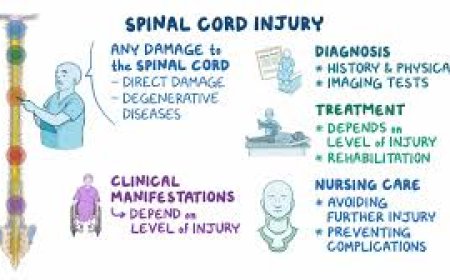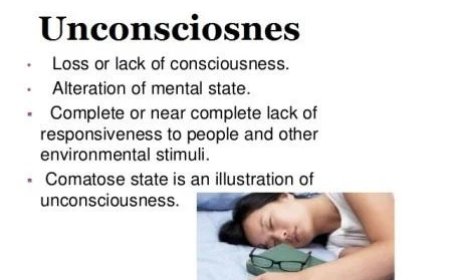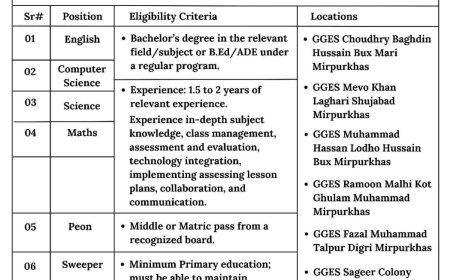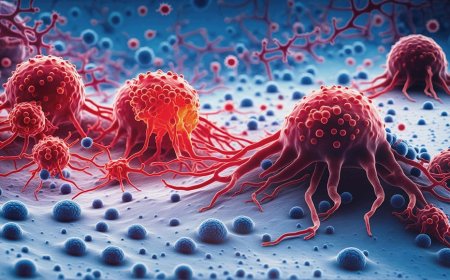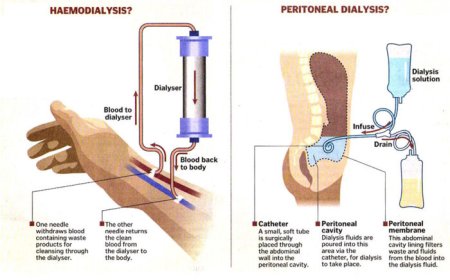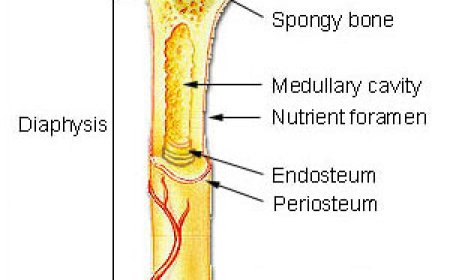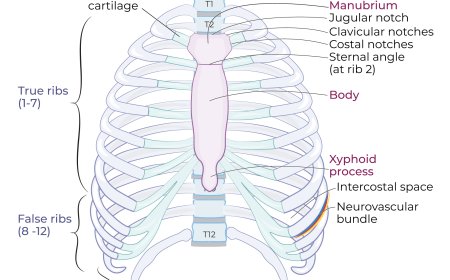Skull anatomy
The human skull is a bony structure that protects the brain and supports the facial features. It is divided into the cranium (8 bones) and the facial skeleton (14 bones). Key features include sutures, foramina, and the movable mandible.
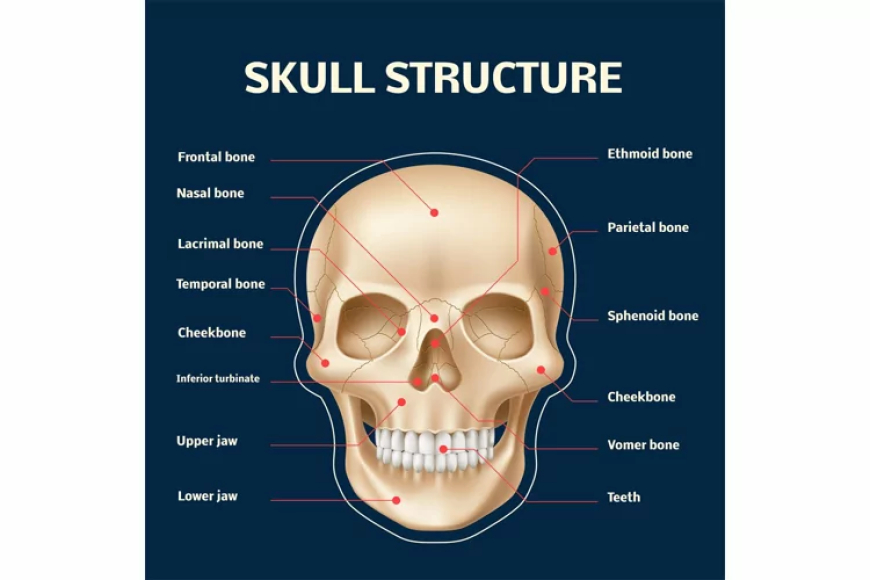
The human skull is a complex bony structure that forms the head in the human skeleton. It protect the brain, support the structures of the face, and provide a framework for the head.
1. Divisions of the Skull
The skull is divided into two main parts:
a) Cranium (Neurocranium):
b) Encloses and protects the brain.
Consists of 8 bones:
Frontal bone (1)
Parietal bones (2)
Temporal bones (2)
Occipital bone (1)
Sphenoid bone (1)
Ethmoid bone (1)
b) Facial Skeleton (Viscerocranium):
Forms the face and supports the openings of the digestive and respiratory tracts.
Consists of 14 bones:
Maxilla (2)
Zygomatic (2)
Nasal (2)
Lacrimal (2)
Palatine (2)
Inferior nasal concha (2)
Vomer (1)
Mandible (1) – the only movable bone of the skull.
2. Key Features and Openings
Orbits – eye sockets.
Nasal cavity – for air passage.
Foramen magnum – large opening at the base of the skull through which the spinal cord passes.
Other foramina – allow passage of nerves and blood vessels (e.g., optic canal, jugular foramen.
4. Functions of the Skull
Protects the brain and sensory organs (eyes, ears, etc.).
Provides attachment sites for head and neck muscles.
Enables speech, mastication (chewing), and facial expressions.
What's Your Reaction?
 Like
0
Like
0
 Dislike
0
Dislike
0
 Love
0
Love
0
 Funny
0
Funny
0
 Angry
0
Angry
0
 Sad
0
Sad
0
 Wow
0
Wow
0

